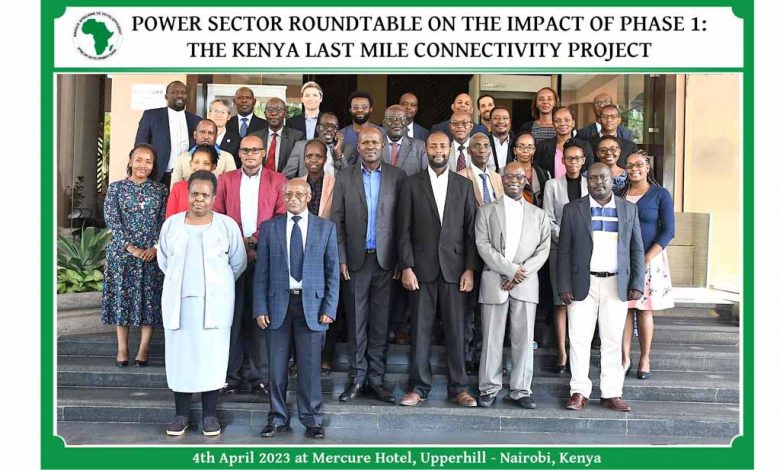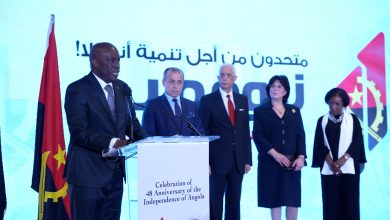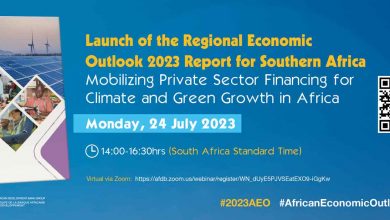Evaluation of LMCP shows significant positive impact and need for productive use of electricity | African Development Bank

Diplomat.Today
The African Development Bank
2023-04-17 00:00:00
——————————————-
An impact assessment of Phase 1 of the Last Mile Connectivity project in Kenya has shown that the African Development Bank-backed initiative is needed to encourage beneficiaries’ productive use of electricity beyond basic household consumption.
The study — Impact Assessment of the AfDB-supported Kenya Last Mile Connectivity Project, Phase 1— notes that “2 to 3 years after households have been connected to the grid through the project, electricity consumption by the beneficiaries has remained low, with the beneficiaries mainly using the electricity for lighting and charging telephones.”
The assessment, conducted by the bank’s Independent Development Evaluation unit (IDEV), recommends the Kenya Power and Lighting Company (KPLC), the executive agency, to find ways to meet the additional demand for electricity from rural households and businesses. to stimulate”.
The African Development Bank funded the study, which was conducted in six provinces: Baringo, Kakamega, Kericho, Kitui, Nakuru and Taita Taveta.
Ustace Ezor, IDEV’s Evaluation Officer, presented the report’s findings on April 4 in Nairobi, noting that, contrary to initial predictions, there was a limited increase in productive electricity consumption. The findings were presented at a roundtable discussion attended by development partners, government officials and stakeholders in the energy sector in Kenya, who deliberated on issues raised in the review. They also took stock of the country’s energy sector.
The report recommends programs to link electricity access to income-generating activities such as irrigation services and small business promotion.
In response to the findings, Eng. Anthony Musyoka, Senior Manager, Transmission System Planning, at the Kenya Electricity Transmission Company (KETRACO), said communities need to be sensitized about the possibilities of getting more benefits from electricity connectivity. “There was no sensitization of communities. They need to be sensitized to make them aware that electricity can be used to create wealth, not just for lighting.”
Other points raised included making electricity more affordable and reliable, with the report stating that “high electricity costs relative to household income of beneficiaries undermine access to and productive use of electricity”.
According to ing. Joseph Oketch, director of Electricity and Renewable Energy, Energy and Petroleum Regulatory Authority, the high cost of the raw material was driven by several factors. “This has more to do with the high production costs, transmission costs and distribution and delivery costs. All of these issues need to be addressed holistically,” he added.
The report highlights remarkable positive effects of the project; an 83% increase in access to electricity for lighting through the national grid.
It states that the likelihood of children studying at night increased by 45% and the grade for high school students increased by 34% in beneficiary households. “This speaks to the improved capacity and quality of electricity given that most counties are now served by the grid,” Eng said. Musyoka.
The significant impact of Phase 1 of the LMCP has led Kenya to become a model for other countries in the region, according to Alemayehu Wubeshet Zegeye, East Africa Regional Energy Sector Manager at the African Development Bank. He said: “The model used in Kenya was unique and initiated the connection in just a few years. The program is designed to speed up connectivity for low-income people by subsidizing upfront connection costs,” he explains.
With the connection cost reduced from Ksh. 35,000 to Ksh 15,000 (approximately $269 to $115) payable in 3-year installments, more rural households were encouraged to apply for grid connection.
The LMCP project is a flagship mass electrification program launched by the Government of Kenya to improve access to electricity for low-income groups in rural and peri-urban areas by connecting them to the national power grid.
The country plans to connect 17 million households to the national grid by 2030, of which nine million are currently connected. With funding from the African Development Bank, Kenya’s LMCP project has so far connected approximately 530,000 households across 47 provinces.
——————————————-



